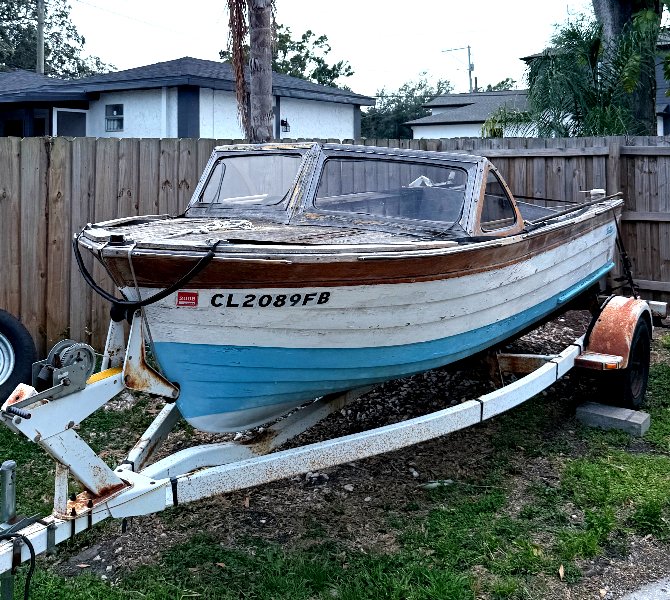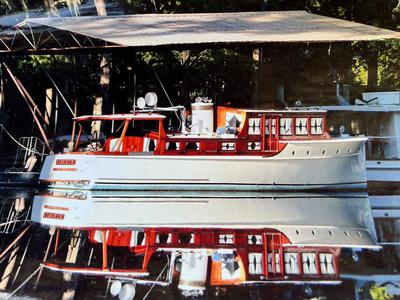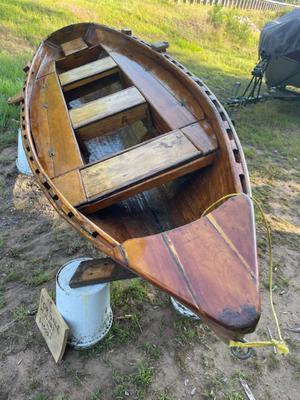- Home
- Your Boats
- This Page
Restoring a Very Dry Hull
by Eddie
(Sydney, Australia)
I am thinking of buying an old project boat which has been undercover in the Sydney climate for many years.
What precautions should I take to ensure that it doesn't sustain damage in the "re-wetting" which will happen in the course of time?
Many of the planks are well open.
I am thinking of covering her with a double diagonal of thin planks.
Any experiences will be appreciated.
Cheers,
Eddie
Comments for Restoring a Very Dry Hull
|
||
|
||
|
||
|
||
|
||
|
||
|
||
|
||
Want to add more photos?
Photo Uploader
If you are having problems uploading Photos or would like to add more click on this link for the Upload Form.









